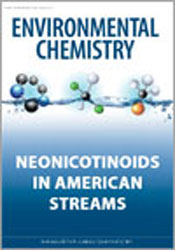EN15142The concentration-dependent behaviour of nanoparticles
Environmental context. Studies of manufactured nanoparticles (NPs) in the environment have been performed almost exclusively at high NP concentrations. These data lead to misunderstandings related to NP fate and effects at relevant environmental concentrations, which are expected to be low. A better understanding of the concentration-dependent behaviour of NPs will improve our understanding of their fate and effects under environmentally realistic conditions.
EN15142 Abstract | EN15142 Full Text | EN15142PDF (293 KB) | EN15142Supplementary Material (156 KB) Open Access Article




